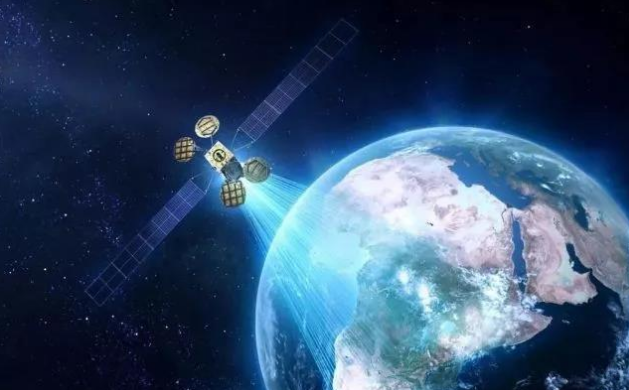JIUQUAN, Nov. 20 (Xinhua) -- China launched a new space environment research satellite and four nanosatellites on a Long March-2D carrier rocket from the Jiuquan Satellite Launch Center in northwest China at 7:40 a.m. Tuesday.
The satellites have successfully entered their preset orbit, according to the center.
Shiyan-6 will be used for conducting space environment exploration experiments.
The term nanosatellite refers to a small artificial satellite weighing between 1 and 10 kg.
Among the four nanosatellites, Tianping-1A and Tianping-1B will be used for equipment calibration on ground control stations, while Jiading-1 is the first satellite of the Xiangyun satellite constellation in low earth orbit.
A software-defined satellite, developed by the Innovation Academy for Microsatellites, the Chinese Academy of Sciences, will be used for conducting experiments on open-source satellite software research and development on Android platforms.
Compared to traditional satellites, a software-defined satellite is more flexible and reconfigurable. It enables its operator to capture diverse markets with its ability to change things like frequency bands and coverage areas on demand.
It is the 292th mission of the Long March carrier rocket series.




 A single purchase
A single purchase









